Ať už se jedná o kanceláře, domácnosti nebo veřejné prostory, světla se senzorem pohybu jsou bezpochyby jedním z nejlepších řešení osvětlení, které dokonale kombinuje osvětlení, automatizaci a úsporu energie v jednom. Při práci ve velké otevřené kanceláři s mnoha kolegy pomáhají světla se snímačem pohybu vypnout světla poté, co všichni opustí kancelář, takže se už nikdy nemusíme starat o to, kdy a zda vůbec zhasnout. Pokud by světla náhodou zůstala rozsvícená celou noc, aniž by se vypnula, mohla by spotřebovat obrovské množství elektřiny, které by výrazně zvýšilo účty. Komerční elektřina je poměrně drahá a vy s ní nechcete plýtvat.
Obsah
- Co může být příčinou vypnutí světla s pohybovým senzorem
- Jak zabránit vypnutí světla s pohybovým senzorem
Ačkoli světla se snímačem pohybu pomáhají vytvářet bezdotykové osvětlení, někdy mohou způsobit drobné potíže, pokud nejsou správně nastavena. Jedním z častých problémů je, že světlo se snímačem pohybu se může vypnout když ještě pracujeme v kanceláři, zejména když je velká a je v ní málo lidí, a pohybový senzor by si mohl "myslet", že místnost je již prázdná, aniž by byl detekován platný pohyb. V takovém případě se může stát, že budete muset často vstávat a mávat rukama, aby vás snímač pohybu opět "viděl" a světlo se opět rozsvítilo.
Časté vypínání nepředstavuje pro venkovní světla velký problém, protože se používají hlavně k detekci podezřelých aktivit a k osvětlení tmy. Ale pro vnitřní osvětlení založené na pohybu, ať už používáte nástěnný spínač se snímačem pohybu nebo stropní čidlo přítomnosti, může být časté vypínání velkým problémem, který výrazně ovlivňuje náš život a pracovní rozvrh a efektivitu.
Co může být příčinou vypnutí světla s pohybovým senzorem
Nejpřímějším důvodem pro vypnutí světla s pohybovým senzorem je, že již nedetekuje žádný pohyb ve své zóně senzoru. Pokud se světlo s pohybovým čidlem může v pořádku rozsvítit, když jste v místnosti, znamená to, že pohybové čidlo funguje dobře a není vadné. Můžeme tedy vyloučit příčinu poškozeného snímače pohybu a zúžit náš postup řešení problémů.
Pokud se u normálního, funkčního pohybového čidla vypne příliš brzy, je to obvykle způsobeno neodbornou instalací nebo nesprávným nastavením, které způsobí, že pohybové čidlo nemá plný potenciál pro efektivní detekci pohybu.
Neprofesionální instalace
Umístění, poloha a umístění světel s pohybovým senzorem je umění a před instalací by mělo být pečlivě naplánováno. Je třeba pečlivě spočítat celkové pokrytí detekce, výšku umístění snímače pohybu a všechny překážky v místnosti, jako jsou například stánky a stoly, které mohou blokovat úspěšný příjem signálů PIR snímačem pohybu, a vzít je všechny v úvahu.

Senzor pohybu PIR vás musí přímo "vidět", aby mohl určit, zda jste na místě. Bez profesionální instalace je vnitřní světlo s pohybovým čidlem vedené buď pomocí snímač přítomnosti nebo nástěnný vypínač s pohybovým čidlem se může neočekávaně vypnout.
Nesprávné nastavení
Světla s pohybovým senzorem jsou přizpůsobitelná, takže je lze naprogramovat na míru a přizpůsobit různým situacím. Neexistuje žádné nejlepší univerzální nastavení. Uživatelé by měli vyzkoušet a zjistit optimální nastavení pohybového senzoru, které vyhovuje jejich požadavkům. Stejné světlo s pohybovým senzorem může být použito ve velké místnosti, malé místnosti nebo dokonce na chodbách, kterými lidé jen procházejí, a v takových scénářích by se mělo použít různé nastavení času a citlivosti.
Jak zabránit vypnutí světla s pohybovým senzorem
Ať už používáte vnitřní noční světlo se senzorem pohybu, světelný pásek nebo venkovní reflektor se senzorem pohybu, světlo řízené senzorem přítomnosti nebo spínač světla aktivovaný pohybem, nastavení snímačů pohybu jsou téměř identická a lze je použít pro všechna tato světla se snímačem pohybu.
Některé snímače pohybu jsou zabudovány ve svítidle, např. spínače se snímačem pohybu, zatímco některá světla s pohybovým senzorem se skládají ze samostatného pohybového senzoru a samostatného světla. Čtenáři si mohou vybrat metody fungující pro konkrétní světlo se senzorem pohybu podle vlastního úsudku.
Nastavení vysoké citlivosti
Nastavení citlivosti světelného snímače pohybu určuje, jak daleko je snímač pohybu schopen detekovat a jak citlivý je na drobné a malé pohyby. Schopnost snímače pohybu detekovat malé pohyby je menší než celkový dosah detekce. Vzhledem k tomu, že nastavení citlivosti snímače definuje také to, jak daleko snímač pohybu detekuje, je "citlivost" také vidět a u jiných modelů se nazývá "dosah".
Hledáte řešení úspory energie aktivované pohybem?
Obraťte se na nás pro kompletní PIR senzory pohybu, produkty pro úsporu energie aktivované pohybem, spínače se senzorem pohybu a komerční řešení pro detekci přítomnosti/volnosti.
Pokud testujete detekční oblast snímače pohybu pomocí velkých pohybů, jako je chůze, což vždy děláme, neznamená to, že vás snímač pohybu dokáže detekovat ve stejné vzdálenosti, i když sedíte, pracujete, čtete a píšete. Doporučujeme testovat vzdálenost a citlivost pomocí stejných scénářů, abyste získali konzistentní výkon, jak světelný snímač pohybu reaguje na váš pohyb.
Pokud je předchozí úroveň citlivosti vašeho světla se snímačem pohybu nastavena na nízkou nebo střední, prvním a nejjednodušším krokem, který vyzkoušíme, je nastavení vysoké citlivosti. Nyní může světlo se snímačem pohybu detekovat pohyb z větší vzdálenosti a je také schopno detekovat některé drobné pohyby, které nebylo schopno zachytit při nastavení nízké a střední citlivosti.
Rozbalit Časové zpoždění
Nastavení časového zpoždění je časovač, který umožňuje, aby světlo se snímačem pohybu zůstalo zapnuté i poté, co nezaznamená žádný pohyb, jinými slovy, zpožďuje vypnutí světla. Například 15minutové časové zpoždění ponechá světlo se snímačem pohybu zapnuté dalších 15 minut poté, co je místnost prázdná, a poté světlo vypne. Pokud se do místnosti vrátíte do 15 minut po odchodu, světlo bude svítit dál a vynuluje odpočítávání časovače časového zpoždění. Až bude místnost příště prázdná, začne snímač pohybu opět odpočítávat 15 minut, dokud světlo definitivně nezhasne.
Inspirujte se portfoliem pohybových senzorů Rayzeek.
Nenašli jste to, co jste chtěli? Nebojte se. Vždy existují alternativní způsoby řešení vašich problémů. Možná vám pomůže některé z našich portfolií.
Lidé by se mohli ptát, proč by mělo světlo s pohybovým senzorem svítit, když je místnost prázdná a nejsou v ní žádní lidé? Nemělo by se okamžitě vypnout? Na první pohled se zdá, že časová prodleva je v rozporu s konstrukčním účelem maximální úspory energie. Přesto je přiměřená časová prodleva nutná, aby se předešlo dalším nepříjemnostem.
Jedním z nejdůležitějších důvodů pro nastavení časového zpoždění je udržení konzistentního osvětlení a zabránění náhlému vypnutí světla.
V místech, kde lidé často přicházejí a odcházejí, jako jsou otevřené kanceláře, se nejlépe osvědčuje malá až střední časová prodleva, například 5 až 15 minut. Pokud kolem prochází mnoho lidí, snímač pohybu se vždy spustí, a světlo tak zůstane zapnuté. Pokud se však v místnosti nenachází tolik lidí, například několik zaměstnanců pracujících v noci přesčas, nemusí malé časové zpoždění stačit k tomu, aby byl pohyb detekován tak efektivně jako ve dne, kdy snímač pohybu spouští méně lidí.
Nastavení vyšší hodnoty časového zpoždění by v takových případech mohlo váš problém většinou vyřešit. U většiny snímačů pohybu, zejména u vnitřních světelných a nástěnných spínačů, je změna časového zpoždění velmi snadná, protože časové zpoždění je obvykle nejčastěji používaným a nastavovaným nastavením ve srovnání s ostatními nastaveními, jako jsou např. světelný senzor nebo režim senzoru, který je nastaven a zapomenut.
Nastavení snímače pohybu
Ačkoli existuje mnoho typů snímače pohybu jako jsou pasivní infračervené snímače pohybu, ultrazvukové snímače pohybu a mikrovlnné snímače pohybu, většina světel s pohybovým senzorem používá jako detektor pohybu PIR snímače pohybu, a to z následujících důvodů.
Důvodem, proč jsou PIR (pasivní infračervené) snímače pohybu široce používány, je to, že pracují pasivně, přijímají tepelné signály vysílané teplými těly, což vyžaduje jen velmi malou spotřebu energie, zatímco PIR (pasivní infračervené) snímače pohybu pracují pasivně. aktivní snímače pohybu jako jsou ultrazvukové a mikrovlnné senzory, musí aktivně vysílat a přijímat zvukové a mikrovlnné signály pro detekci pohybu, což může spotřebovávat velké množství energie. PIR snímače pohybu jsou oblíbené pro svou trvanlivost, stabilitu, reagují pouze na teplo, ale na pohyb, mají malé rozměry, levnou cenu a jejich největší výhodou je energetická úspornost, která je fantastická pro sladění se světly.
Senzory pohybu PIR však mají i své nevýhody, které mohou způsobit nežádoucí vypnutí světla. Na rozdíl od ultrazvukových a mikrovlnných signálů, které mohou procházet a detekovat pohyb kolem rohů a překážek, musí PIR snímače pohybu "vidět" vysílaný infračervený paprsek a ten se nemůže pohybovat kolem rohů. V tomto případě PIR snímače pohybu nemohou detekovat pohyb za překážkami, jako jsou stánky, stěny nebo za rohy.

Vzhledem k výše uvedenému je jedním z možných důvodů, proč se světlo se snímačem pohybu neustále vypíná, to, že nemá jasný výhled na oblast snímání, což může způsobit, že je schopno detekovat pohyb pouze přerušovaně a nakonec světlo čas od času vypne.
Abychom zabránili vypnutí světla snímače pohybu, můžeme provést změnu nastavení a polohy snímače pohybu tak, aby čočka(okno detekce pohybového senzoru) směřuje přímo do hledané detekční oblasti, aniž by mu ve výhledu bránily jiné překážky.
Pokud používáte spínač světla se snímačem pohybu umístěný v nástěnné krabici, který nelze snadno nastavit a přemístit, můžete zvážit přidání dalších spínačů se snímačem pohybu na jiných stranách místnosti nebo montáž stropního snímače přítomnosti, který detekuje místnost v úhlu 360 stupňů a dále podporuje detekci pohybu.
Světlo se snímačem pohybu s ručním režimem
A konečně, nejlepším řešením, možná spíše geniálním řešením, jak zabránit vypínání světla se snímačem pohybu, je nechat ho vždy ručně zapnuté. Vzpomínáte si na starý dobrý obyčejný vypínač světla? Co když můžeme mít to nejlepší z obou světů?
S některými vnitřní světla se senzorem pohybu s vestavěným režimem ručního ovládání nebo některá venkovní světla se senzorem pohybu, která lze ručně zapínat a vypínat pomocí vypínače, můžeme jednoduše nastavit světlo do ručního režimu, aby zůstalo zapnuté, a po použití jej nastavit zpět do režimu detekce pohybu.
Možná máte zájem o
Pokud v současné době používáte spínač se snímačem pohybu, můžete jej zakoupit a upgradovat na nový, který nabízí funkci ručního režimu. Většina nástěnné vypínače se snímačem pohybu umožňují uživatelům pouze dočasné vypnutí světla a jen některé umožňují trvalé zapnutí a vypnutí světla.
Pokud máte podobné problémy, jako když se váš nástěnný spínač s pohybovým senzorem v kanceláři nebo domácnosti příliš často vypíná, doporučujeme vám, abyste jej vylepšili o dostupný spínač s pohybovým senzorem v ručním režimu a rozloučili se tak se všemi těmito nežádoucími vypnutími.
Máte chuť si ho koupit, ale nedaří se vám vyměnit a nainstalovat vypínač? Nebojte se, postupujte podle našeho podrobného průvodce instalací krok za krokem a snadno zvládnete práci během 15 minut.


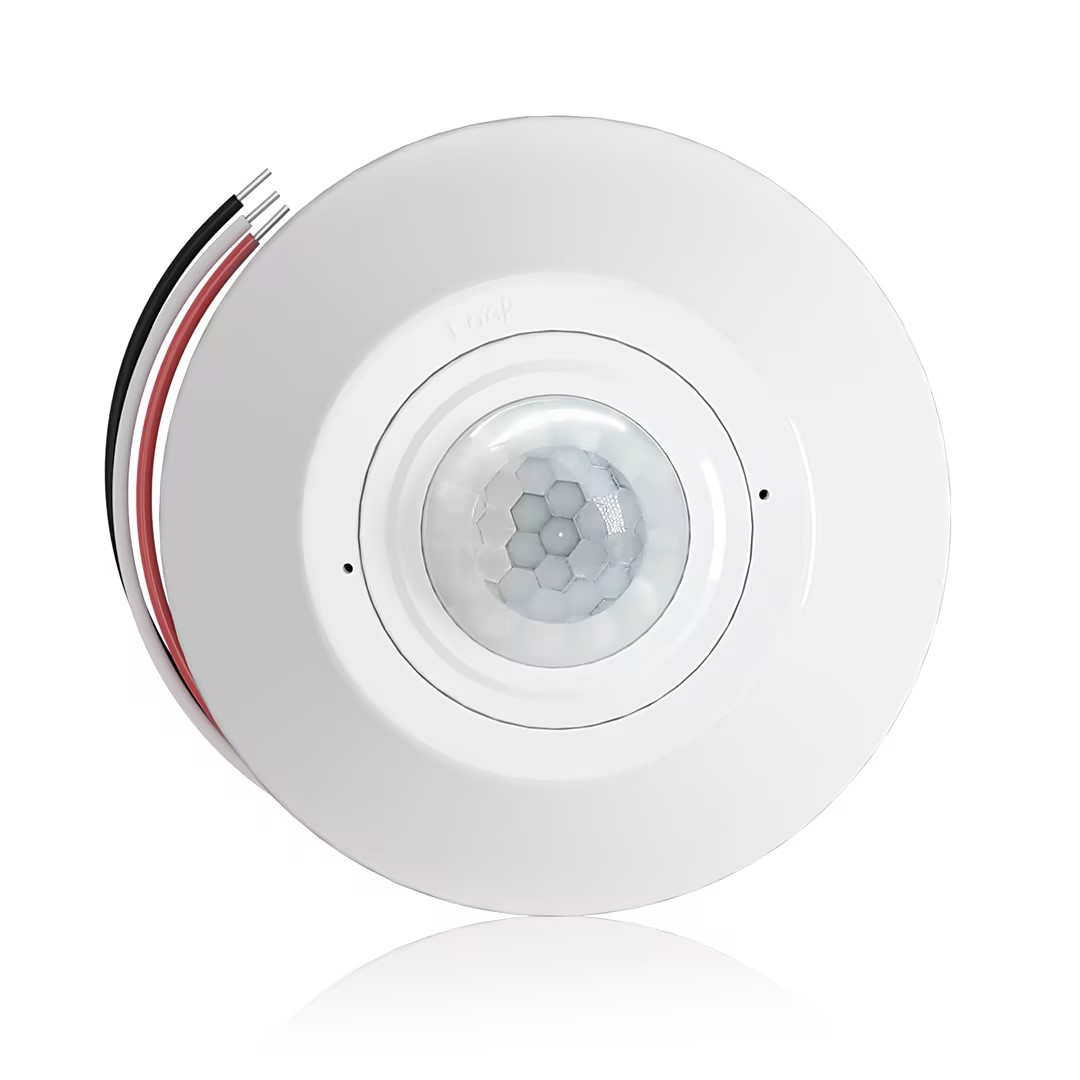
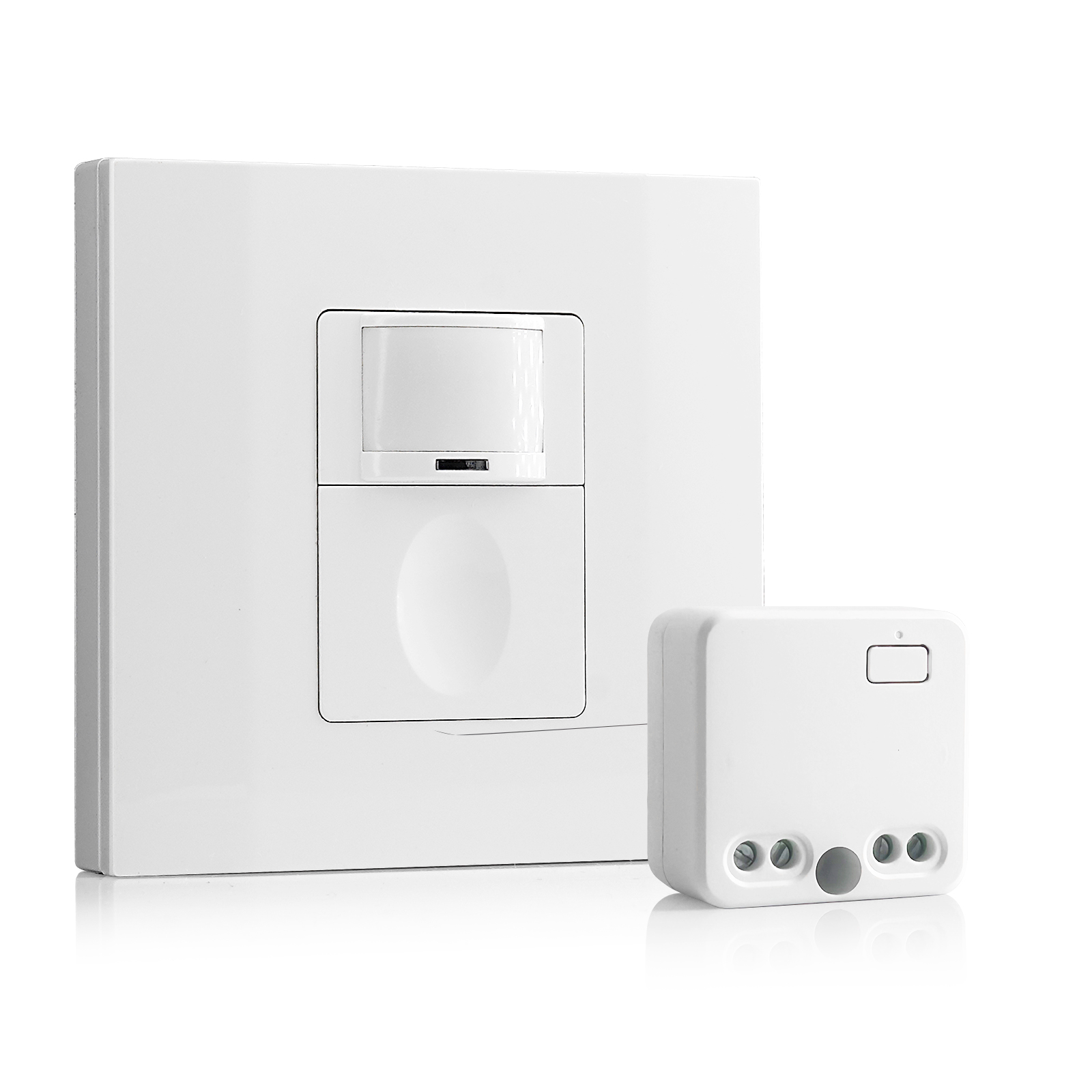
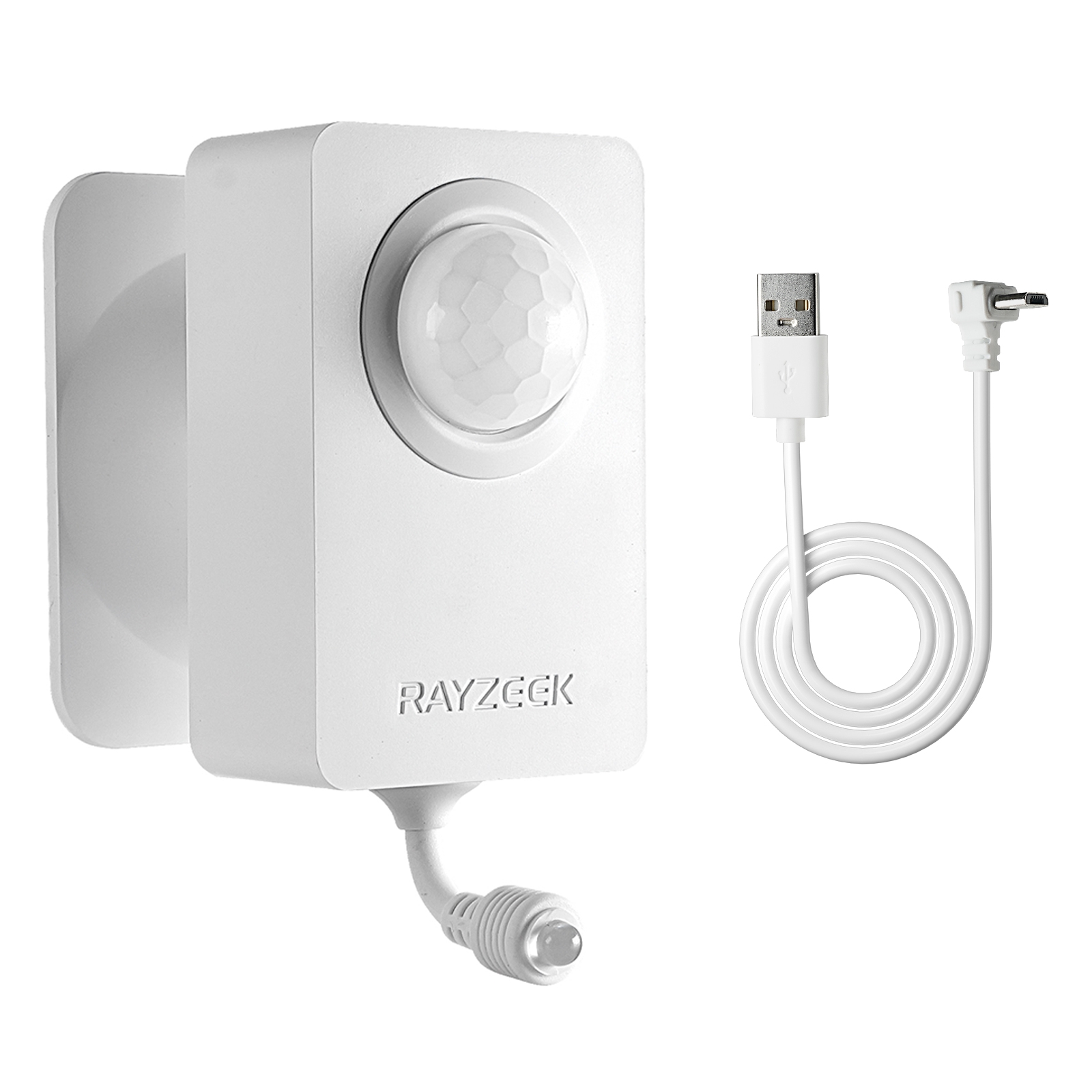
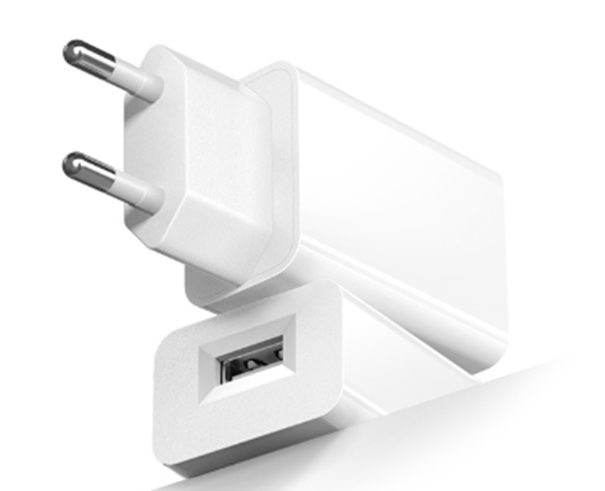
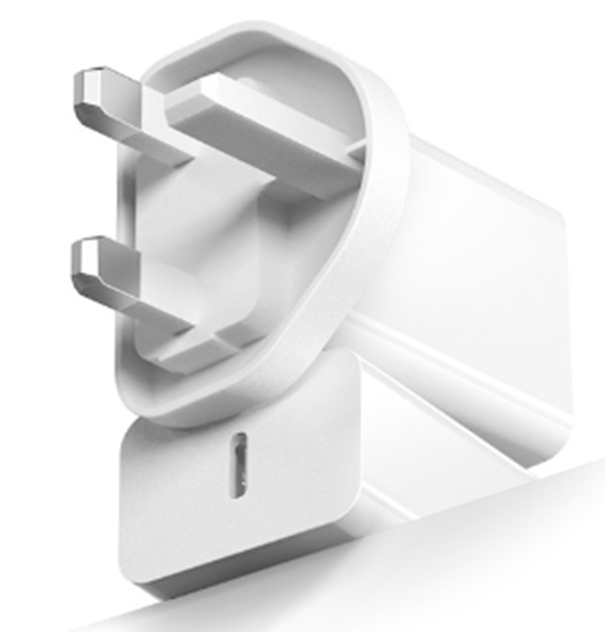

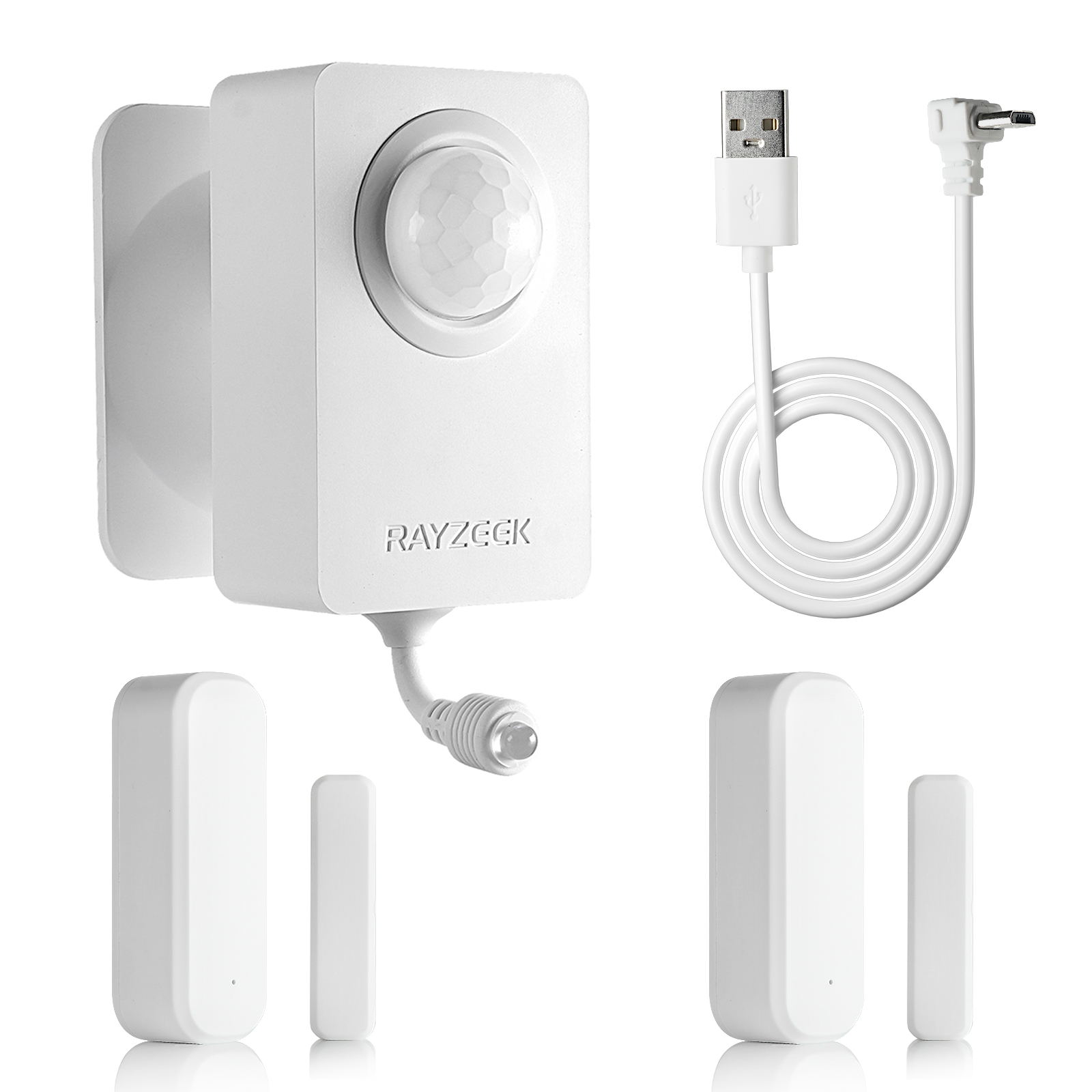
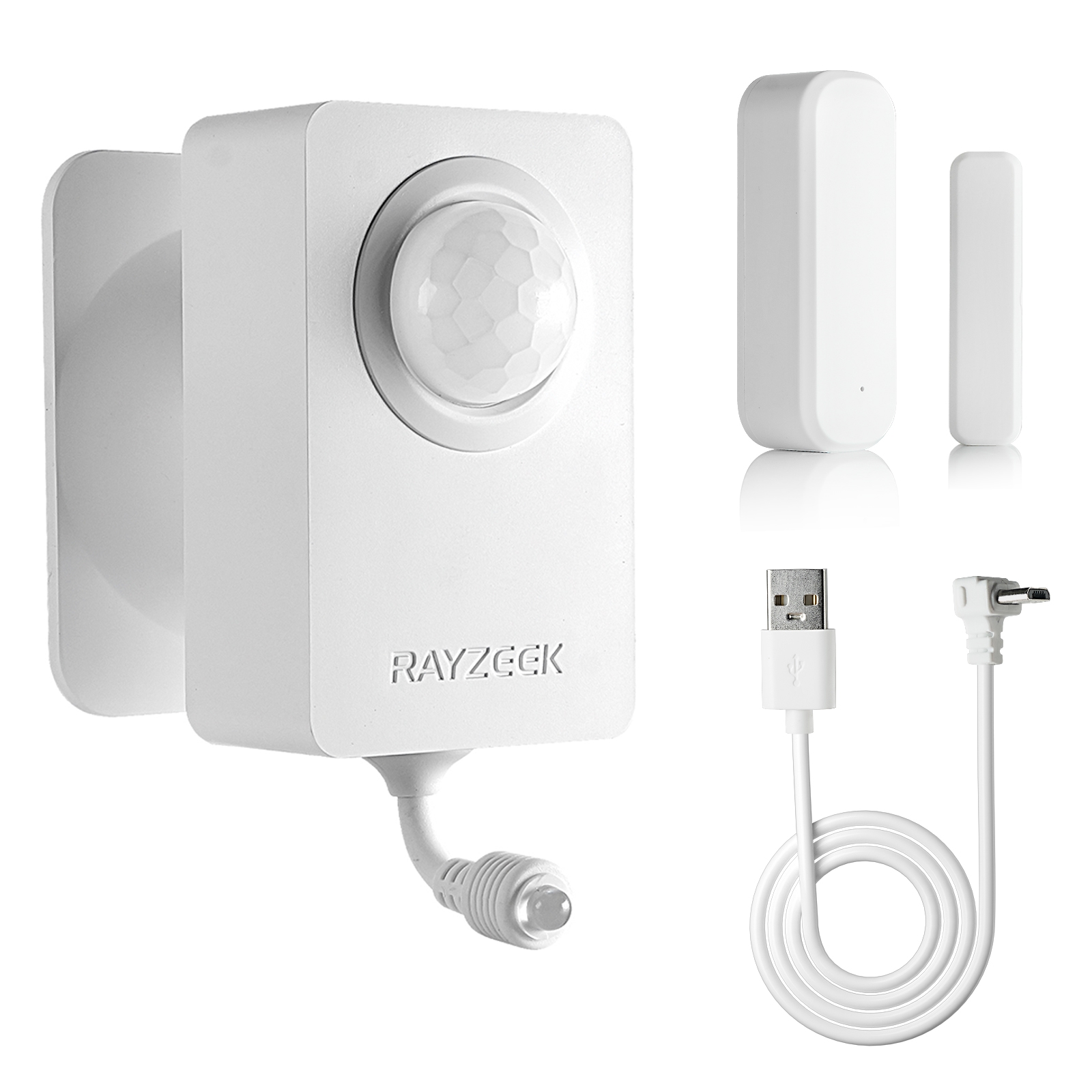












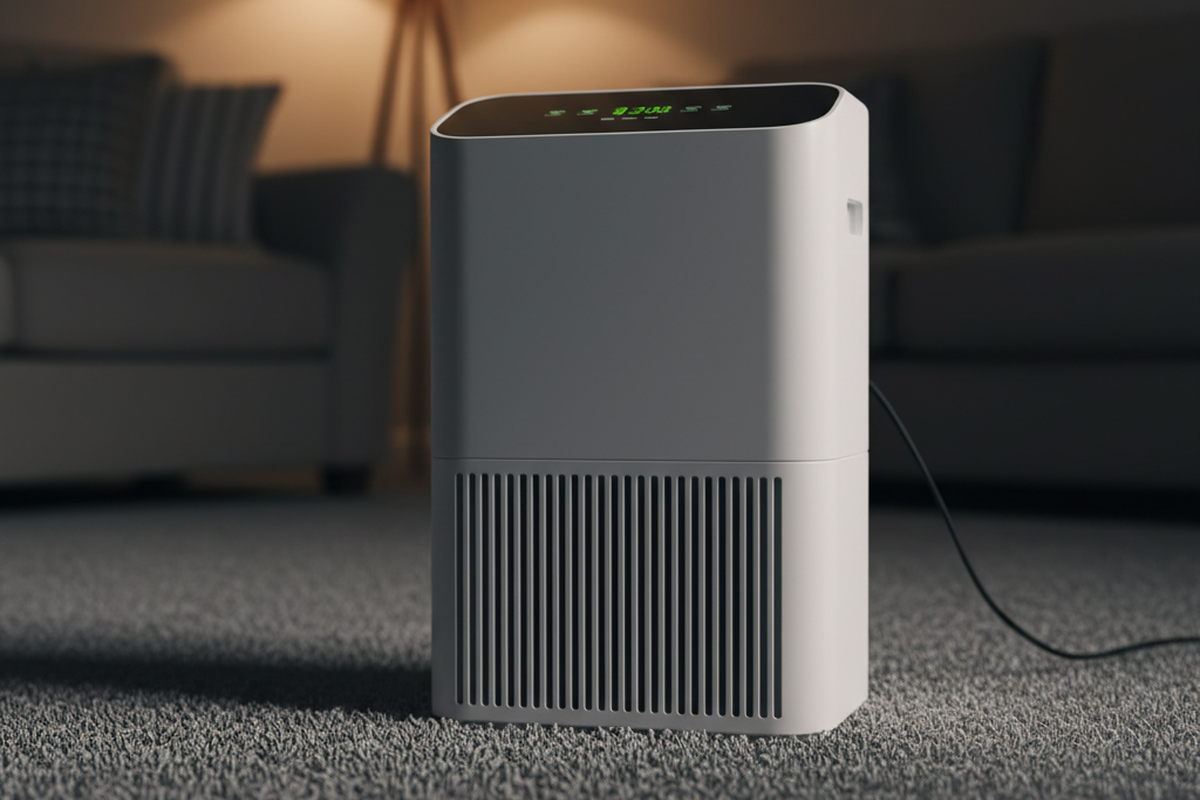
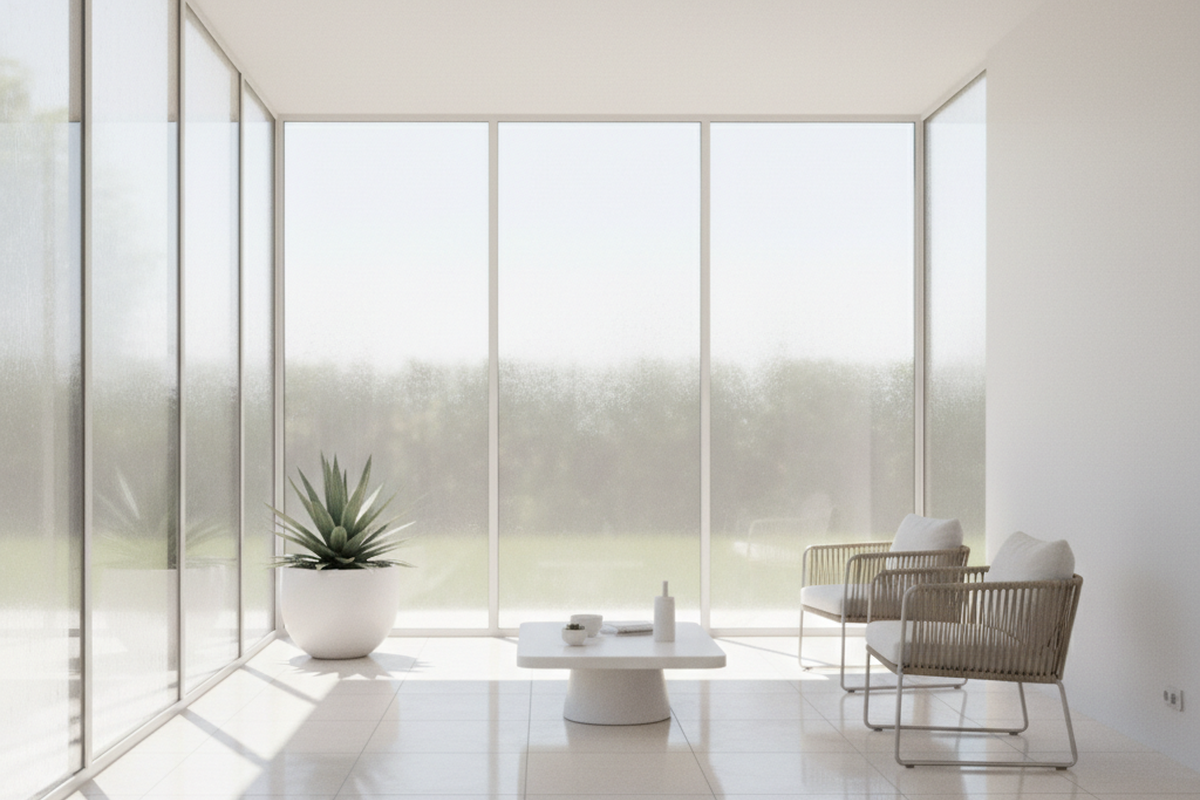
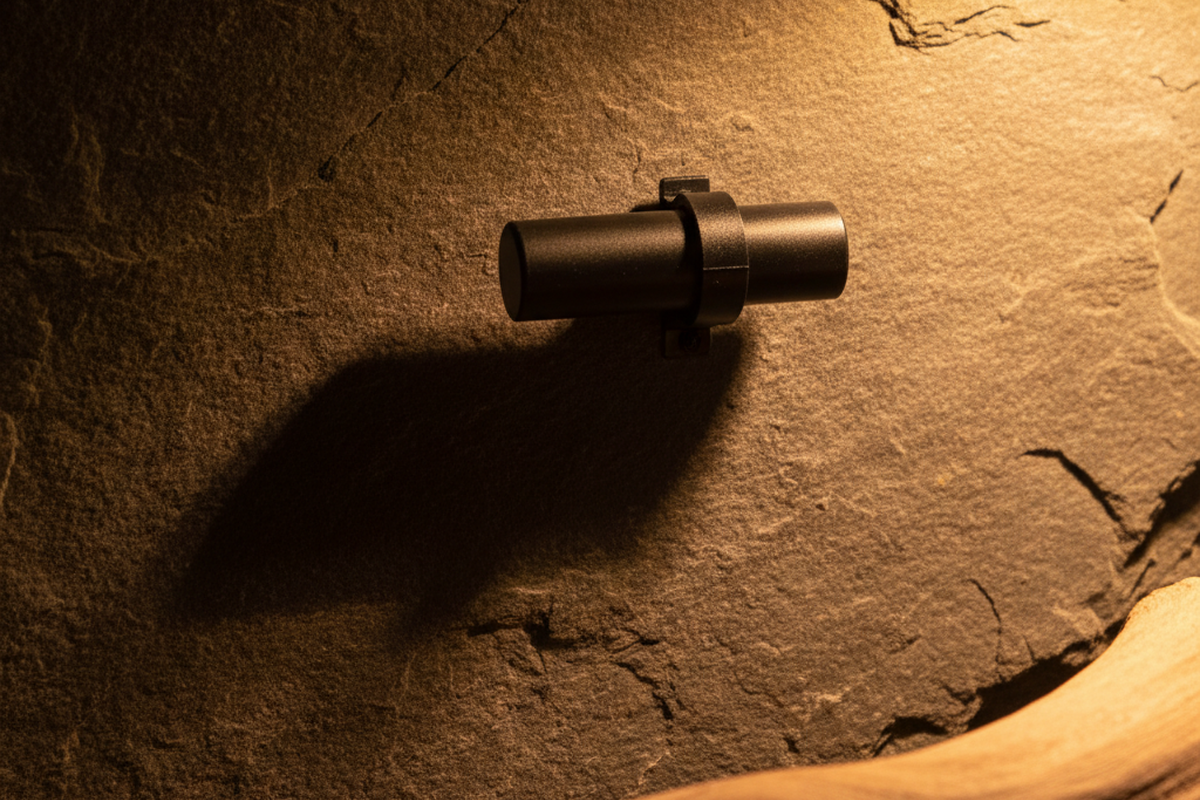



Hallo ich will meine Decklampe auf normalen Schalter umstellen, früher war es so,, ich will es zurück haben, ist es kompliziert?